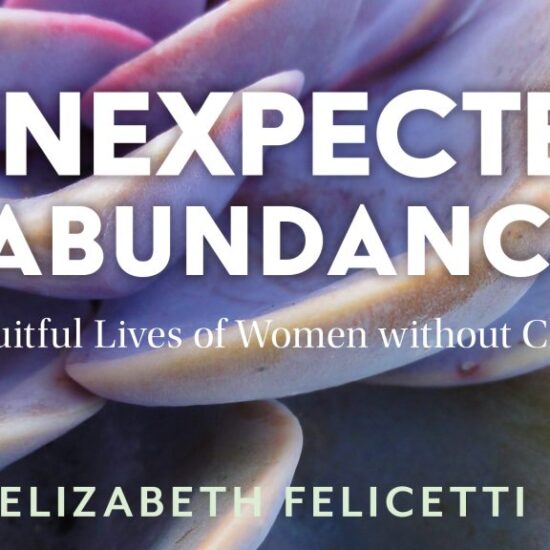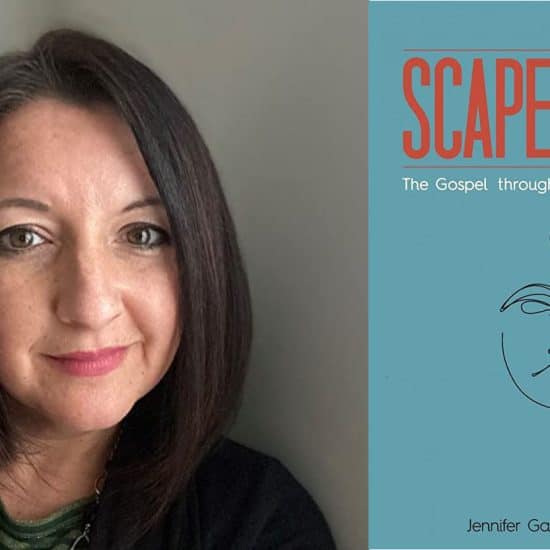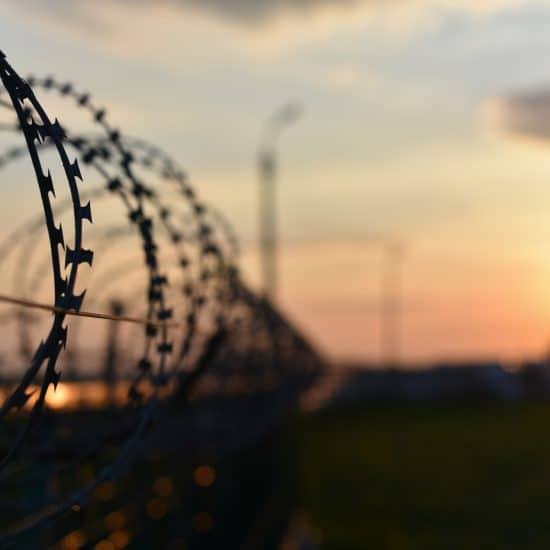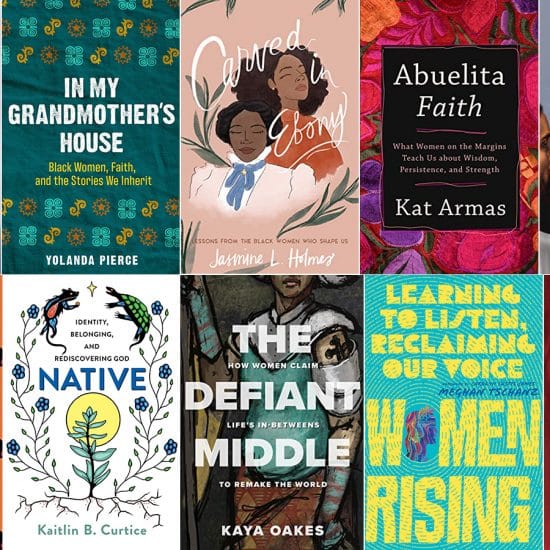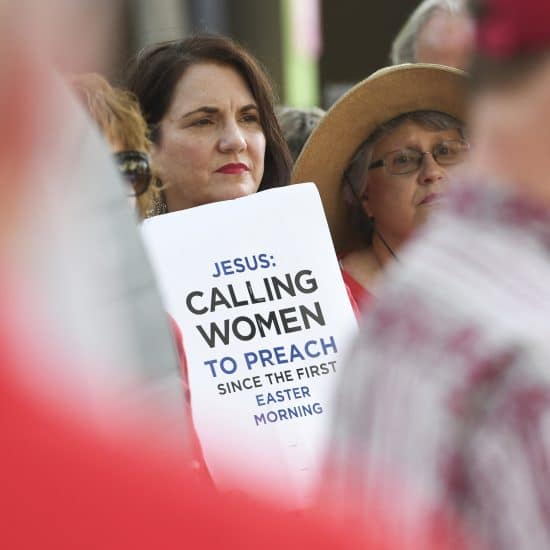When Kathy (not her real name) was released from a women’s prison in Missouri not long ago, she faced a tough choice — return to her hometown where her children lived or start a new life elsewhere. She longed for her kids, but returning home also meant reconnecting with friends whose influence led her into the drug use, which resulted in imprisonment.
She chose a new life hours from home.

Churches can help address the distinctive needs incarcerated women face behind bars and upon release.
|
"That took a lot of courage," said Gina Hanna, executive director of a faith-based program in Platte City, Mo., which helps recently released prisoners reenter society. "She had to believe that if she trusted God, heÕd take care of the details."
Eventually Kathy found stable employment and was reunited with her children. But her plight highlights the unique challenges incarcerated women face across the country.
Imprisonment is tough regardless of gender. But the more than 100,000 women behind bars in America — out of a total prison population of more than 2.2 million — face distinctive challenges.
An estimated 85 to 90 percent of them have a history of domestic or sexual abuse. About two-thirds are imprisoned for non-violent crimes, typically drug related offenses. Black and Hispanic women are about three times as likely as white women to be jailed — a racial component that characterizes America’s prison system in general.
Challenges don’t end with release, however. Finding employment can be difficult since some states place restrictions on people with certain convictions working in jobs such as nursing, child care and home health care ‐ three fields in which poor women might otherwise work.
Because the prison population is overwhelmingly male, security guidelines often are developed without regard for women, said Lynn Litchfield, chaplain at a women’s correctional center in Troy, Va., for 11 years.
"The policies were written for the men’s facilities, not the women’s," said Litchfield, now communications and development officer for the Chaplain Service Prison Ministry of Virginia (chaplainservice.org).
That might mean omitting the hijab from lists of permitted religious garb or failure to understand distinctive religious practices that inadvertently exclude women from participation in sanctioned worship services.
Some facilities are unprepared for women’s health concerns, particularly pregnancy, labor and delivery.
"Folks just aren’t aware of special considerations needed for women," Litchfield said.
But arguably the thorniest question is posed by the children of imprisoned women, who typically were the primary caregivers before entering a correctional facility.
"The children of prisoners are six times more likely to become incarcerated themselves," Litchfield noted. "It was not uncommon for me to see a grandmother, mother and daughter in the same prison."
That was Sie Davis’s experience.
"I was born in prison and born again in prison," said Davis, a church planter who leads a residential ministry (crossroadsunwinding.org/about.php) in Dallas to help ex-offenders make the transition to life in the free world.
His mother, who struggled with drug addiction, was incarcerated in the Goree State Farm for Women near Huntsville, Texas, when she gave birth to her son in 1955.
"They didn’t know what to do with me. I was in the prison nursery nearly three months before my aunt came to get me," he said. "I tell people I was the youngest parolee in the state of Texas." But Davis was in prison four more times before breaking the cycle.
Re-establishing a bond between mother and children is especially critical after a prisoner has completed her sentence — and what partly prompted Hanna to establish her Missouri reentry program, called Beauty for Ashes (bfa-ministry.org). Its "biblically based, Christ-centered" approach to combating recidivism begins a year before a prisoner is released.
Recently Beauty for Ashes expanded its role when Prison Fellowship’s reentry program — InterChange Freedom Initiative — ended its operations in Missouri.
"We cover the whole gamut," Hanna said. "We try to address the issues that cause the incarceration of women — past trauma, childhood abuse, poverty, finances. We deal with relationship issues, including marriage, how to have healthy boundaries, parenting classes, connecting them to organizations which handle employment and housing."
At the top of the organization’s reentry agenda is finding a church that agrees to provide a community for the former prisoner — essentially modeling Christian discipleship in doing so.
Hanna is convinced th— often scarred from years of sexual abuse — fear they can’t make the transition on their own and "immediately want to jump into a relationship."
Loneliness plays a part as well, Hanna explained. "These women are used to living in community, then they get out and live by themselves in an apartment and they’re lonely. They’ve been living in a wing of a prison, and as much as they want to get away, they find the isolation difficult."
Churches are uniquely positioned to address those needs, said Hanna, who also cautioned: "You need good boundaries. You don’t have to meet all their needs, you just need to put them in touch with the people who can. We’re not the Savior; you need to lead them to the Savior."
Litchfield noted that women in prison as well as those who have completed their sentences are typically mentally and spiritually open to dramatic lifestyle changes.
"Every issue that faces our society — poverty, racism, sexism, domestic violence, sexual assault, mental health — converge in prison. It’s a place where, if we provide good care, we can make a huge investment in transformed lives."
She tries to make that point when speaking at churches by wearing an orange jumpsuit and speaking in first person as a prisoner.
"Until we see prisoners as real people, it’s easy to distance ourselves from them. It’s easy for us to say they got themselves there on their own. None of us got where we are in life by ourselves. For good or for ill, we all had help."

